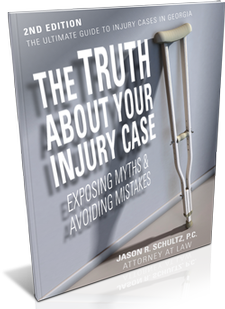What are common reasons for patient identity mix-ups?
- Not using at least two patient identifiers. Instead of relying on a single identifier like the patient’s name, hospitals should use at least two methods to verify a patient’s identity. Speak up if you believe the medical staff believes you are somebody else.
- Not checking patient identifiers before administering treatment: Hospital staff may be in a hurry to move from one patient to the next. Taking the time to verify the correct patient receives the correct treatment (such as medication) may feel like an unnecessary extra step. Make sure doctors, surgeons, and other staff take a timeout to verify the patient and the procedure.
- Mislabeling: Attaching a label to the wrong specimen is one example of mislabeling. Another is inaccurate labeling of imaging results or a patient's chart.
- Same/similar patient names: This is more likely to occur when patients have the same exact name, or the same names but in different sequence like Thomas Ryan and Ryan Thomas. The same is true for names that are similar, such as Kaitlin and Caitlin. Always verify your name and spelling with medical staff.
- Mass emergency: When there is mass trauma, such as a major, multi-vehicle car wreck, the chaos can create a lot of confusion in hospital emergency departments. Hospitals prepared for this type of emergency are less likely to mix up patients. But it does become especially challenging when patients arrive without identification or they're unconscious.
- Multiple patients in same treatment setting: Sometimes it's a matter of having too many patients to care for, and becomes a bigger problem when understaffed. When medical professionals feel rushed, they may not follow protocol.
- Inaccurate/missing wristbands: A failure to verify information on the wristband (before placing it on the patient) could result in a mix-up. Also, noticing a patient doesn't have a wristband but not taking the time to find out why or to ensure the patient gets one could lead to an error.
- Not involving patients in the process. Attempting to identify a patient without direct communication is one way to mix up patient identities. Patient involvement is essential. Having the patient repeat back the information to verify or, better yet, asking the patient to tell the identifying information himself or herself could be helpful.
What can the victim (or family) of a patient mix-up do when it causes harm?
Sometimes the results are tragic, in that a patient loses his or her life. Other times it prolongs hospitalization and recovery. When a patient mix-up causes serious injury, it's important to seek legal advice.
Patients or their families may file a medical malpractice claim. An attorney can determine liability and help assemble the evidence that proves this type of negligence. You may recover damages for losses such as the additional medical bills, lost earnings, pain and suffering and more.
Whether you're the victim or the family of someone who suffered fatal injuries, contact the Law Office of Jason R. Schultz today: 404-474-0804.


